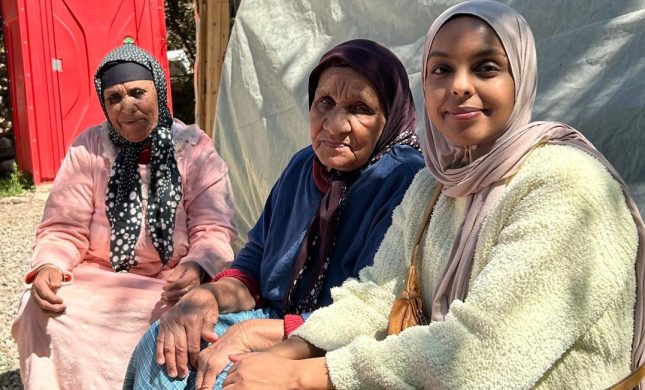Zambia has the “potential” to meet five of its eight Millennium Development Goals (MDGs) by 2015, according to a new UN progress report.
The country can provide all its children with access to primary education; potentially halt the spread of HIV/AIDS and malaria; reduce child mortality; and provide more of its population with safe drinking water and basic sanitation.
However, the 2003 MDG annual report said Zambia was unlikely to meet three of its goals: halve hunger as well as poverty, and reduce the maternal mortality ratio by three-quarters, reports IRIN.
Along with 189 other countries at the UNs Millennium Summit in 2000, Zambia committed itself to achieving eight development goals by 2015: to halve poverty and hunger; provide universal access to primary education; eliminate gender disparity at all levels of education; reduce child mortality by two-thirds; reduce the maternal mortality ratio by three-quarters; halt the spread of HIV/AIDS and malaria; provide safe drinking water and basic sanitation to at least half the number of people living without access to it; and integrate the principles of sustainable development in all its policies and programmes.
Although still high, infant mortality rates (IMR) in Zambia decreased between 1992 and 2002. In 1992, the IMR stood at 107 deaths per 1.000 live births, but dropped to 95 deaths per 1.000 live births in 2002. Improved childhood immunisation rates and provision of micronutrients, such as vitamin A, and early medical interventions had helped to reduce child mortality, the report said.
National HIV/AIDS prevention and control programmes put in place by the government in 1984 have also helped to stabilise the prevalence rate.
Reducing extreme poverty from 58 percent in 1998 to 29 percent in 2015 posed a “major challenge” for Zambia, cautioned the report. Unfavourable terms of trade, the debt burden and an unstable macroeconomic environment were some of the reasons for the high poverty levels in Zambia, where almost three-quarters of its population live below the national poverty line. About 73 percent of the population was classed as poor, while 58 percent live in extreme poverty.
According to the UNs 2004 Human Development Report, released earlier this month, Zambias ranking has dropped by one place to 164 out of the 177 countries surveyed since last year. Zambia has a population of 9,9 million, of which 65 percent live in rural areas.
High levels of hunger, a lack of access to animal protein and a well-balanced diet have resulted in 47 percent of Zambian children aged below five being stunted. About 28 percent of children this age were underweight in 2001/02, a rise from the 25 percent recorded in 1992. – Nineteen percent of the households reported that they seldom or never had enough to eat and were thereby chronically food insecure, said the report.
Despite occasional agricultural surpluses, poor food security and low incomes have been identified by the report as the key causes for the high levels of hunger.
To overcome hunger, Zambia needs to increase agricultural productivity, grapple with high post-harvest losses and strengthen legislation for land reform.
Although the level of antenatal care attendance was high, the Maternal Mortality Ratio (MMR) in Zambia increased from 649 per 100.000 lives births in 1996 to 729 in 2002. The report attributes the hike in the MMR to a high percentage of unskilled home deliveries, limited access to medical facilities and poor quality of care.
Besides tackling the limited access to reproductive health services, to meet the MDG target Zambian authorities would have to deal with a high HIV/AIDS prevalence among women, coupled with low levels of contraceptive use.
Kilde: FN-bureauet IRINnews















